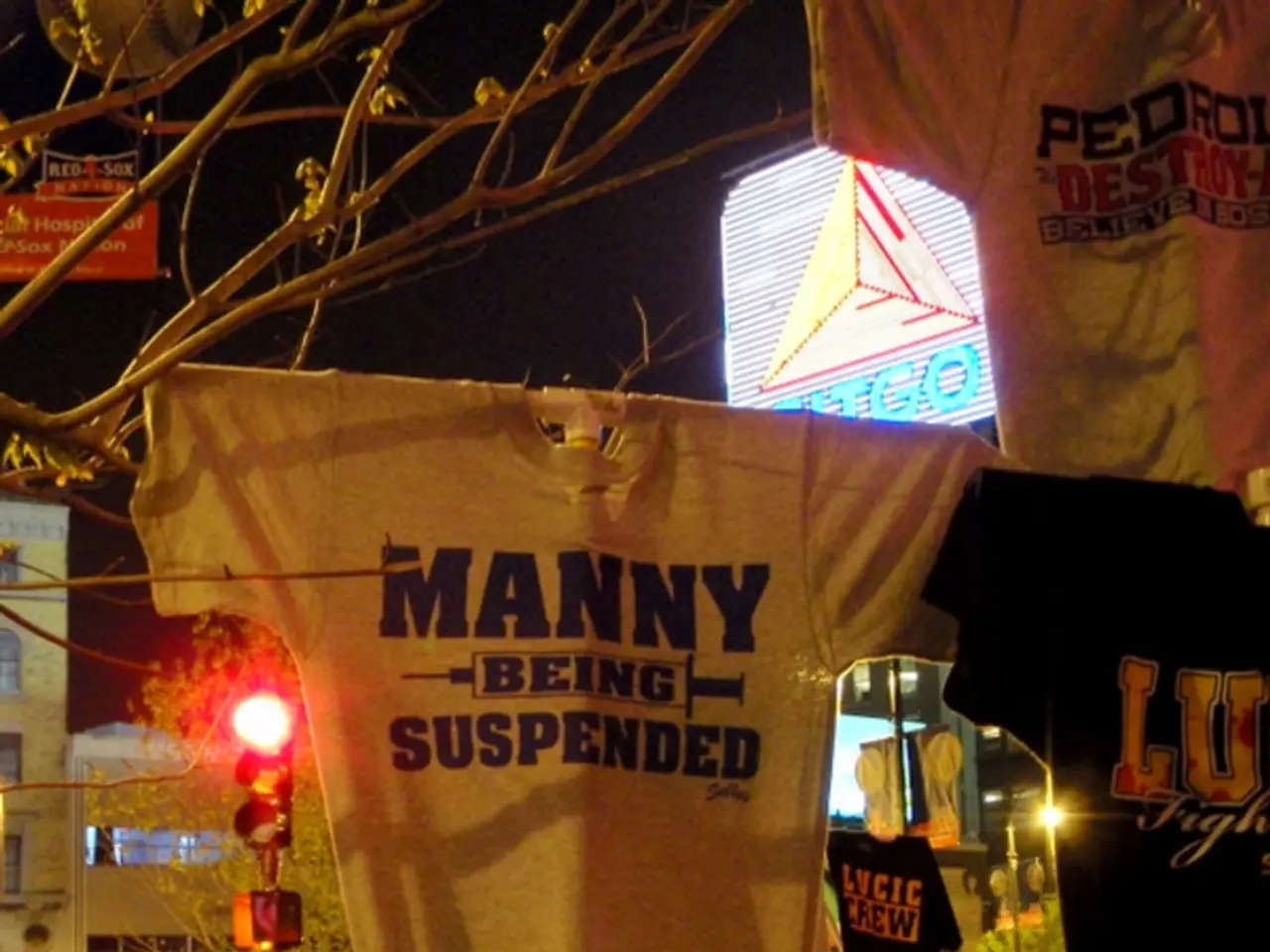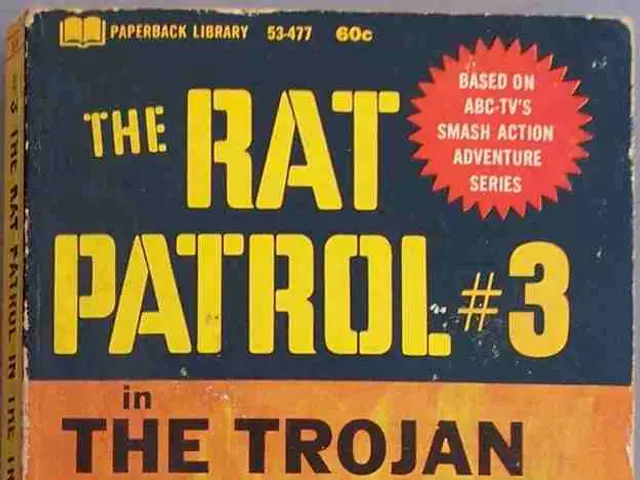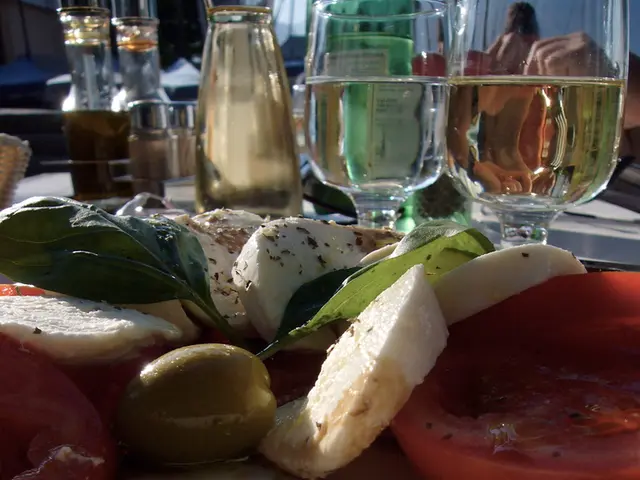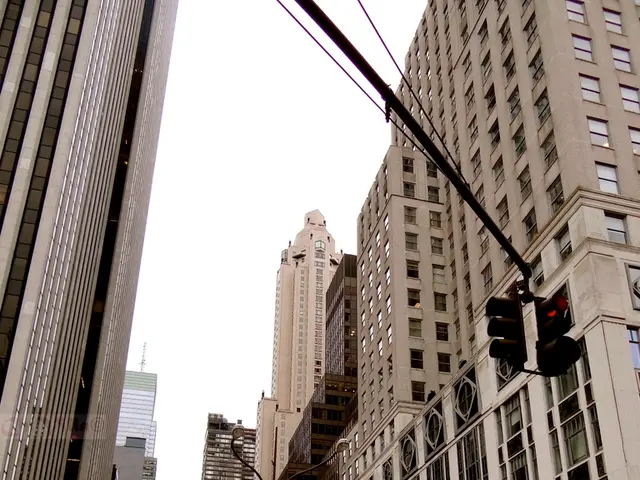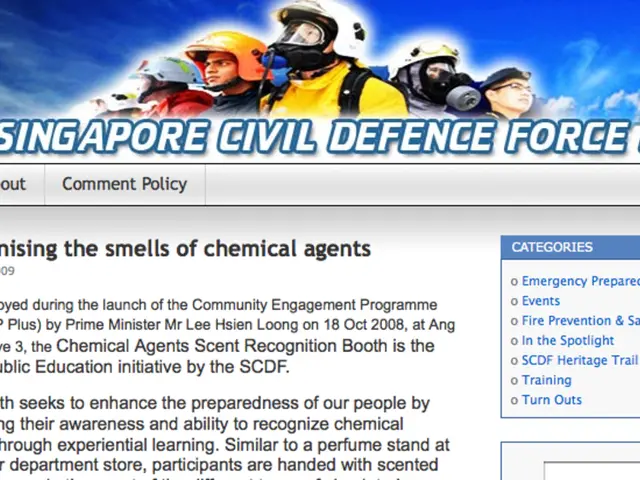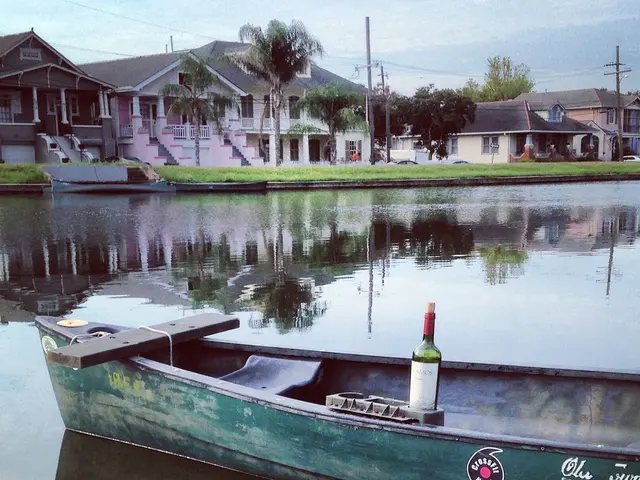A Complimentary Pass, or a Cultural Link?
In a unique move, the Taoyuan Airport MRT offered free rides to individuals wearing traditional indigenous attire or clothing, accessories, or bags featuring indigenous designs from August 1 to 7. This initiative was not just a fare promotion, but a high-level cultural exchange, bringing culture out of museums and villages into daily life.
The campaign drew both praise for its creativity and criticism for perceived cultural commodification and performances. However, the negative chatter threatened to overshadow the campaign's cultural and social goals, including promoting visibility of cultural acceptance in public life.
Wearing traditional indigenous attire or symbolic accessories in public is an act of cultural confidence for indigenous participants. Mainstream acceptance of indigenous culture is demonstrated when non-indigenous riders willingly wear indigenous motifs in public. This acceptance is a significant step towards cultural inclusivity and respect.
Cultural promotion campaigns in public transport systems are relatively rare but do exist. One example is London’s Transport for London (TfL) #TravelKind campaign, which encourages considerate behavior among passengers, indirectly promoting social inclusion by fostering respectful and harmonious shared public space use.
More explicitly cultural campaigns tend to occur in tourism and regional promotion contexts. For instance, tourism marketing campaigns often highlight local culture and heritage to attract visitors. However, the Taoyuan Airport MRT's initiative stands out as it aims to let cultural symbols flow naturally into everyday urban mobility, setting it apart from similar policies in other countries.
The initiative also served as a platform for staff cultural literacy enhancement, providing on-the-job cultural training. This not only improved the passenger experience but also fostered mutual understanding, visibility, and civic pride.
The policy was not just about showcasing indigenous culture to outsiders but about giving non-indigenous people a moment to publicly declare acceptance without prompting. Tradition and commerce have historically been intertwined, and culture has often lived alongside economics and daily life. If someone unfamiliar with indigenous attire researches patterns and meanings to save a few dollars, it can serve as a gateway to knowledge.
Cultural fusion in mainstream transit systems can be an investment in social capital. Wearing indigenous attire or symbols in public can serve as a visible declaration of recognition and support, a cross-cultural gesture of goodwill. The Taoyuan Airport MRT's initiative is suggested for expansion and replication in other cities and countries.
The real question is whether the product promotes meaningful understanding. Culture is strongest when it is shared, and the best way to share it is to let it ride along in the ordinary rhythm of everyday life. The Taoyuan Airport MRT's initiative demonstrates that cultural promotion can be both creative and impactful, bridging cultural gaps and fostering respect and understanding in public spaces.
References: 1. https://www.tfl.gov.uk/campaign/travel-kind 2. https://www.thaiairways.com/th/en/newsroom/press-releases/thai-airways-introduces-stay-home-miles-exchange-programme 3. https://www.venturacoastcalifornia.com/feel-like-this-campaign/ 4. Chu Jou-juo, Department of Labor Relations, National Chung-cheng University.
Read also:
- Urgent investment: Province funds 5.3 million dollars for expanding primary care in Elgin-Middlesex-London area
- Federal Environmental Protection Agency under scrutiny for alleged manipulation of soil sample results following East Palestine catastrophe
- Colon Cancer Genetic Testing: Insights into its Function, Application, and Additional Details
- RFK Jr. Takes Bold Step in Vaccine Research Development, Possibly Poseing a Threat to Public Safety
